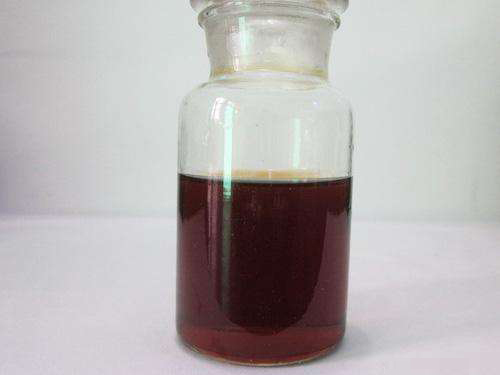polyaluminium chloride solution
Polyaluminium Chloride Solution Overview and Applications
Polyaluminium chloride (PAC) is a widely used coagulant in water treatment processes, known for its effectiveness and versatility. As a synthetic inorganic polymer, PAC is a compound of aluminum that is generated through the hydrolysis of aluminum chloride. Its common forms include solutions of various concentrations, which make it adaptable to different treatment conditions and purposes.
Chemical Properties
Polyaluminium chloride possesses unique chemical properties that contribute to its efficacy as a coagulant. It typically appears as a yellowish or colorless solution, depending on its formulation and the degree of hydrolysis. The polymeric structure of PAC allows it to effectively neutralize charges on suspended particles in water, facilitating the aggregation of these particles into larger flocs that can be easily removed during the sedimentation process.
Mechanism of Action
The coagulation mechanism of PAC involves adsorption and charge neutralization. When PAC is added to water, it interacts with colloidal particles and dissolved organic matter, effectively neutralizing their surface charges. This promotes aggregation, allowing smaller, suspended particles to clump together into larger particles, known as flocs. The resultant flocs then settle out of the water, which can be removed through filtration or sedimentation. The efficiency of PAC in this role is often attributed to its adjustable aluminum content and its high positive charge density, which enhances its capacity to destabilize colloidal suspensions.
Applications in Water Treatment
1. Drinking Water Purification One of the most prominent applications of polyaluminium chloride is in the treatment of drinking water. It is highly effective in removing turbidity, color, and certain contaminants, making it a preferred choice for municipal water treatment facilities. The use of PAC helps ensure that drinking water meets safety and quality standards.
2. Wastewater Treatment PAC is also widely utilized in industrial and municipal wastewater treatment processes. By effectively coagulating suspended solids and facilitating the removal of heavy metals and organic pollutants, PAC enhances the overall efficacy of wastewater treatment plants, leading to cleaner effluents and reduced environmental impacts.
polyaluminium chloride solution

3. Paper and Pulp Industry In the paper manufacturing process, PAC is used as a retention aid during pulping and deinking stages. Its ability to promote the retention of fibers and fillers improves the overall efficiency of the paper production process, contributing to higher product quality.
4. Oil and Gas Industry The oil and gas sector employs PAC in drilling fluids and wastewater treatment. Its coagulant properties aid in the removal of suspended solids from produced water, ensuring that effluent meets regulatory requirements for discharge or further treatment.
Advantages of Polyaluminium Chloride
The use of PAC offers several advantages over traditional coagulants such as aluminum sulfate. Due to its lower molecular weight, PAC requires less dosage, leading to reduced sludge generation. Moreover, PAC is more effective across a broader pH range, allowing it to perform well under various water chemistry conditions. Furthermore, it generates a more stable floc, enhancing the overall clarification process.
Environmental Considerations
While the use of PAC is generally regarded as safe and effective, it is essential to consider potential environmental impacts. The application of polyaluminium chloride can introduce aluminum into treated water, necessitating proper evaluation of aluminum levels in finished water, especially in sensitive ecosystems. Continuous research into optimizing PAC formulations and dosages helps mitigate such risks and enhances the sustainability of water treatment practices.
Conclusion
Polyaluminium chloride solution is a critical component in modern water treatment methodologies. Its unique properties and mechanisms of action enable it to effectively purify drinking water and treat wastewater while contributing to the efficiency of various industrial processes. As water quality management continues to evolve, PAC remains a vital tool for ensuring the availability of safe and clean water for both human consumption and environmental health. With ongoing advancements and responsible usage, polyaluminium chloride will undoubtedly play a significant role in addressing the global challenges of water treatment.
-
2 Phosphonobutane 1,2,4 Tricarboxylic Acid (PBTCA): Superior Scale & Corrosion InhibitorNewsAug.31,2025
-
Dodecyldimethylbenzylammonium Chloride: High-Purity DisinfectantNewsAug.30,2025
-
2-Phosphonobutane-1,2,4-Tricarboxylic Acid: Scale & CorrosionNewsAug.29,2025
-
Premium Isothiazolinones | Broad-Spectrum Biocidal SolutionsNewsAug.28,2025
-
LK-319 Special Scale And Corrosion Inhibitor For Steel Plants: Advanced Solutions for Industrial Water SystemsNewsAug.22,2025
-
Flocculant Water Treatment: Essential Chemical Solutions for Purification ProcessesNewsAug.22,2025





